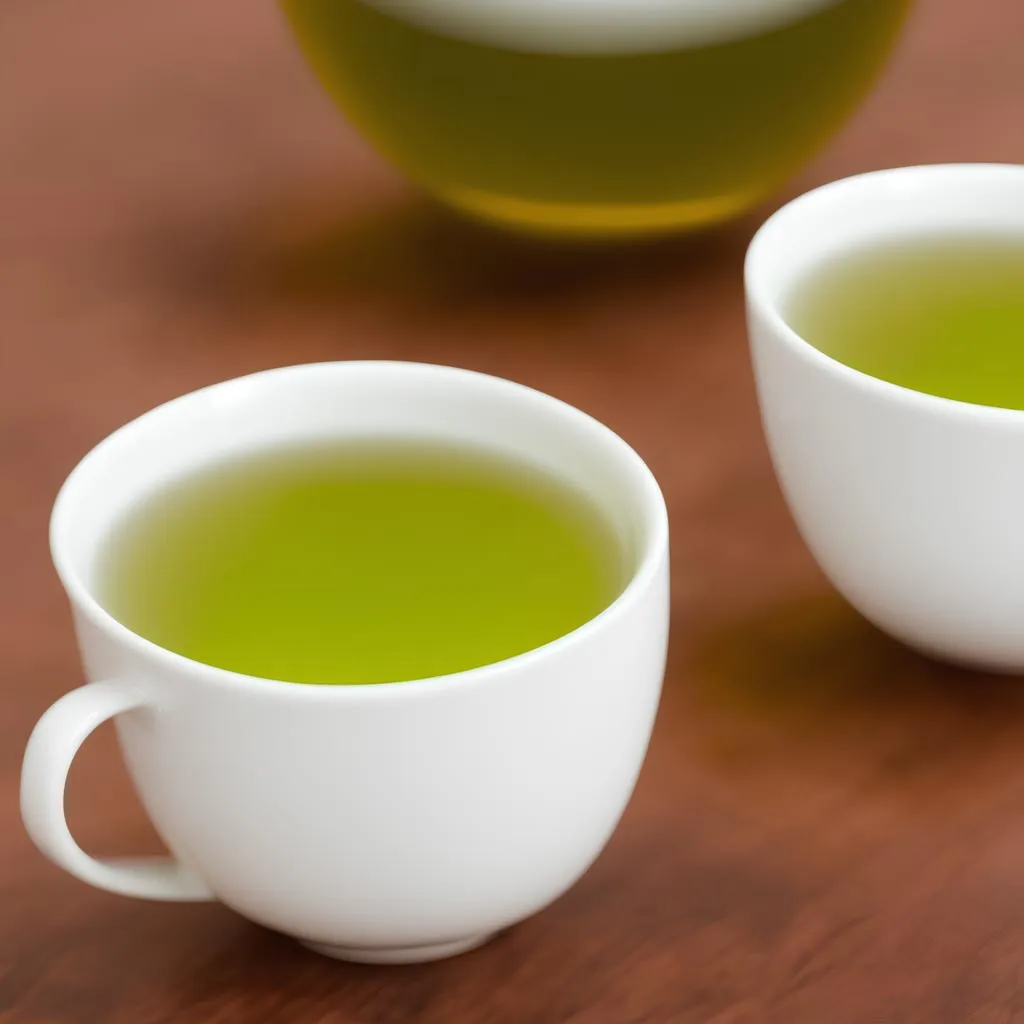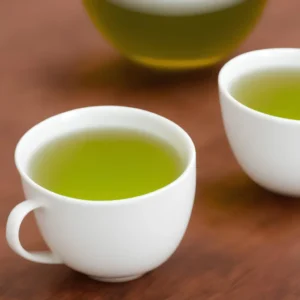
Green tea, with its rich history and soothing properties, has long been cherished as a beverage that not only tantalizes the taste buds but also offers a myriad of health benefits.
Originating from China thousands of years ago, green tea has made its way into cultures worldwide, celebrated for its refreshing flavor and potential health perks. This simple yet invigorating recipe for green tea is a perfect introduction to experiencing its delicate taste and reaping its wellness rewards.
Crafting the perfect cup of green tea requires just a few basic ingredients and a little patience. As the water comes to a gentle boil, the green tea leaves dance in the saucepan, infusing the liquid with their distinctive flavor and aroma.
Whether enjoyed hot or cold, green tea offers a delightful balance of grassy notes and subtle sweetness, making it an ideal beverage for any time of day.
While the recipe itself is uncomplicated, the process of steeping the tea leaves is where the magic truly happens. Patience is key as the tea leaves release their essence into the water, resulting in a brew that is both refreshing and revitalizing.
Expert Tip: Consider adding a slice of fresh lemon or a sprig of mint for additional flavor dimensions.
Green Tea: Green tea leaves are the heart of this recipe, packed with antioxidants and nutrients that contribute to overall well-being. Known for its potential health benefits, green tea adds a delicate and refreshing flavor to the beverage, making it a delightful choice for tea enthusiasts.
Water: Pure, clean water serves as the canvas upon which the flavors of green tea are painted. Opting for filtered water enhances the clarity and taste of the final brew, ensuring a pristine drinking experience.
Honey (Optional): For those seeking a touch of sweetness, honey complements the grassy notes of green tea, adding depth and complexity to the flavor profile. This optional addition provides a customizable element to tailor the tea to individual preferences.
Expert Tip: Experiment with steeping times to find your preferred strength of green tea.
Expert Tip: Use fresh, high-quality green tea leaves for the best flavor and aroma.
Steep green tea for 2-3 minutes to achieve the desired strength. Longer steeping times may result in a bitter taste.
Yes, green tea leaves can typically be steeped multiple times. However, each subsequent brew may result in a slightly lighter flavor.
Sweetening green tea with honey is optional and depends on personal preference. Some enjoy the natural grassy flavor of green tea, while others prefer a touch of sweetness.
Yes, adding lemon to green tea can enhance its flavor profile and provide a refreshing citrusy twist.
Yes, green tea can be enjoyed throughout the day. It can serve as a morning pick-me-up, a refreshing afternoon beverage, or a calming drink before bedtime.
Here are some more recipes for you to enjoy! If you my recipes don’t forget to rate and leave a comment.
If you have any recipe suggestions, please do not hesitate to ask me. A great way to stay in contact with me is through Instagram, Facebook, Twitter and YouTube. Don’t forget to tag me @CookwithNabeela in your recipe photos!

Subscribe now to receive my latest recipes directly in your inbox. Stay up-to-date and never miss out!

I love to cook! I want to share with you my favourite, delicious family-friendly recipes. I want to inspire you to create fantastic food for your family every day.
Add your first comment to this post